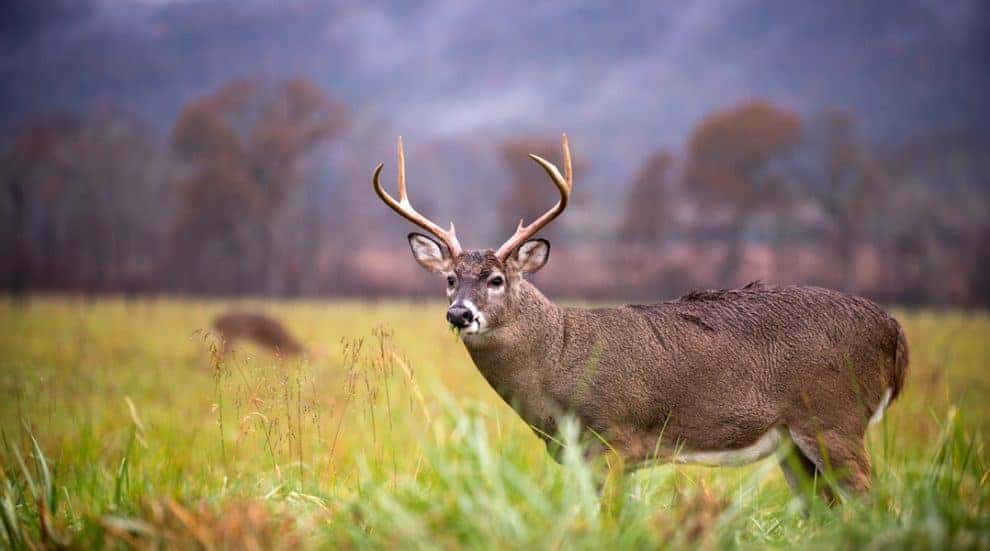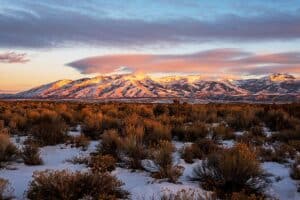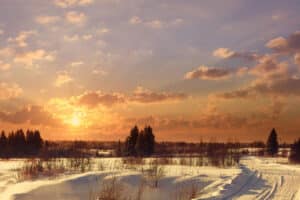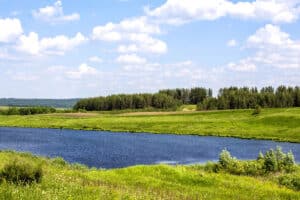There comes a time when hunting on public land or maybe hunting on someone else’s property just gets old. What about on opening day, when the sun comes up, and all you see is blaze orange. How many times have you sat in a tree stand or blind and realize that you would hunt this property completely differently than the owners want you to?
There is something to be said about owning your own property – it’s pride, safety, and investment. If you can afford to purchase land for sale, now is the time. After all, they are not making any more. The land buying process is more involved than just looking at an online topographical map of the property and some nice pictures of bucks on the recent trail cameras.
Here are some of the most important factors to consider when buying deer hunting land for sale.
1) Location
This point is simple. Make sure your land purchase is far enough away from the city, but not too far that traveling to it takes too long. You will need to consider traveling expenses into your purchase costs. Our recommendation would be less than 3 hours, that way you can leave early in the morning to be able to hunt at daybreak, and be able to return home after the hunt. This is really ideal if a cabin is not yet built on the land. Another consideration is the close proximity of a hotel or motel, for those unexpected overnight stays to track a wounded animal.
2) Land Layout
With land layout, you actually need to consider the traffic pattern of the deer and the traffic pattern of the humans using the land. If you are thinking of putting a cabin on it down the road, make sure there is a level dry spot on the property that can accommodate it. The preferable location for the cabin would be on the road side of the property, as to not spook the deer as you drive in and out of the property. Putting the cabin in the middle of the property makes no sense unless your reasoning priority is over that of hunting. Also, consider the possibility of adding food plot(s), and whether machinery can access those areas.
3) Food
Deer need food and water all year to survive. Both of these can be added with limitations. Let’s focus on food. Looking for the right trees while walking the land is important. After all, it is easier to work with what you have than to add those resources down the road at an extra cost and time. For whitetail deer hunting, we look for perennial style wood plants, low hanging trees, brushy shrubs, leafy vines and anything else considered as brush-style vegetation. This type of food makes up the largest percent of a deer’s diet in most states. Next come fruit from trees and bushes. These can consist of acorns from oak and nuts from hickory trees. Also in this category are fruits and berries that grow sporadically across the United States. Next on the list is what farmers would consider weeds and herbaceous (not wood style). These tend to be broadleaf plants that have flowers. Second to last would be grass and grass-like plants. Lastly, we would want to consider field food sources. These would be from neighboring farm fields or from an existing or future food plot.
4) Water
Water is the second most important factor for deer hunting land. Although not a necessity, the location of the water on neighboring property would be helpful. Water ponds can be put in, but there will be costs of hauling water tanks. Most properties can have wells put in or ponds dug, but those costs will need to be factored into the purchase.
5) Cover
Deer need cover during the daytime. This can be thick swamps, heavy brush, or tall grasses. If there is a lack of bushes, small trees can be hinge cut (cut about 4 feet above the ground and left attached to the stump) to create cover for deer, especially next to an open field. Groups of pine trees attract deer with their low-lying branches and pine needle bedding. Don’t overlook tall grass or swamp land where deer love to lie down in.
6) Game Sign
Look for actual signs that deer do visit the property: buck scrapes, trails and droppings. But be careful. The property might only see deer traveling through during the night. They may be feeding on one property during the day, traveling through at night, and lying down on another property the next day. If there is a possibility to hang some trail cameras before buying the property, you would get a snap shot of the property at all times of day during the current season.
7) Neighboring Property
Take a look at your neighboring property. Are there bow and rifle hunters? What are their hunting habits? Do they drive deer? Do they practice Quality Deer Management? Is there public land adjacent to the property? Do not be afraid to introduce yourself and ask the right questions.
Owning your own property can be a rewarding experience and a good investment for you and your family. Do the proper research and you and your family will have hunting memories that will last a lifetime.
This content may not be used or reproduced in any manner whatsoever, in part or in whole, without written permission of LANDTHINK. Use of this content without permission is a violation of federal copyright law. The articles, posts, comments, opinions and information provided by LANDTHINK are for informational and research purposes only and DOES NOT substitute or coincide with the advice of an attorney, accountant, real estate broker or any other licensed real estate professional. LANDTHINK strongly advises visitors and readers to seek their own professional guidance and advice related to buying, investing in or selling real estate.










Well, my grandfather had a decent hunting land back in 1998 and the biggest problem for us was the lack of water. deers will leave the land if there will not have enough water and this is one of the most important factors to consider…